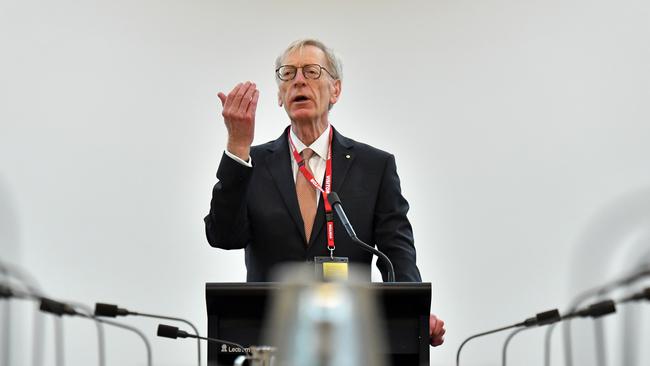
A reliable answer has always been hard to find because many advisers, in trying to build up their business, will try to get your business first and sort out fees later.
But now we have an answer: it’s $3000 a year.
The figure does not come from adviser groups or regulators.
But the reality is that the best advisers will need to be charging this figure each year, and if they are not, then something is not quite right.
How do we know? This very useful slice of information comes from inside the heart of the financial advice industry: the brokers who buy and sell financial planning practices.
A recent report from Centurion Market Makers, a specialist broker trading in financial planning operations, spells out the detail in its sale and valuation guide.
It’s all there in black and white for the financial advice industry to digest: “Our work indicates it is very difficult to be profitable with a client with a fee under $3000 per annum.”

Importantly, the guide also says that advisers charging people less than $3000 a year “generally detract from the value of the practice … if they can be sold at all”.
The report tells us more about how the finance advice sector really works than a heap of public material from the various stakeholder groups within the profession, which remains in deep trouble as the bitter infighting around new ethical standards clearly demonstrates.
It also spells out the practical outcome of the Hayne royal commission and a raft of related initiatives that made earnest efforts to improve standards but have also made financial advice more difficult to provide and more expensive to access.
If financial advisers need to charge $3000 a year in ongoing fees, then it automatically excludes a large proportion of the population. Let’s say you wish to invest $10,000 a year — an adviser will be charging you 30 per cent of your funds! At $30,000 a year it still does not make sense, at 10 per cent, when you consider that most members in the default option of major super funds will not pay more than 1.3 per cent a year. Obviously, big standardised super funds are not fully comparable to tailored one-on-one advice, but if you are paying more than twice as much as those in “big super” it’s time to start asking questions.
Most industry surveys in Australia show advisers who charge by the hour end up charging between $1000 and $3000 in total, depending on the complexity of the client’s affairs.
Smaller financial planning operators get squeezed and the major banks have steadily exited the market in recent times, while AMP — which has tried to retain old models of linked advisers selling products — has relapsed into crisis with a cloud over its CEO, Francesco De Ferrari.
At the same time IOOF, which has tried to become a new force in the industry, continues to struggle after a very ambitious merger with MLC. Its stock is near $3.40, compared to $5.40 in mid-2020.
According to the Rainmaker group, the number of registered financial advisers in Australia decreased 16 per cent during the 12 months to the end of June last year to reach 22,334.
But it is the squeeze on independent practices that is the key problem highlighted by the report, which implies that planning groups must move up-market or face serious issues later if they try to sell the business.
All up, the report inadvertently proves that advisers are genuine in their grievances around the difficulties of providing simple or occasional advice. Yes, there are still many advisers out there that the industry would be better without, but unfortunately good advisers are not able to offer selective advice at appropriately reduced fees.
As a result, many people who are looking for selective or occasional advice are lost in the system.
Traditional advisers simply cannot service the mid-market because they will be running a loss-making business. Meanwhile, robo-advisers will vacuum up the rest of the market with low-cost generic advice that may or may not be suitable.







For anyone seeking financial advice, the big question has always been, “how much should you pay?”